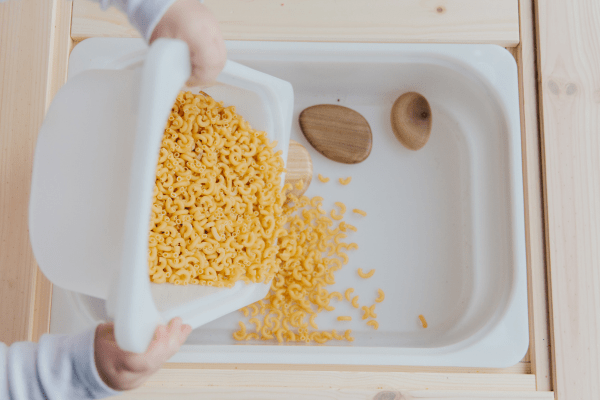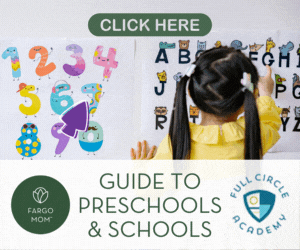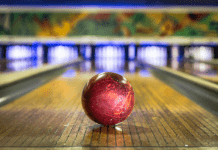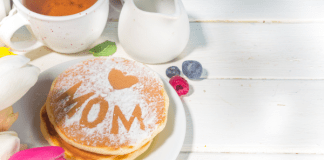
Like many moms, I have spent lots of time on Pinterest finding activities to do with my son. When he was younger, one of those activities was easy sensory bins.
Sensory bins are simply containers filled with various objects intended to stimulate the senses.
These bins can be filled with a variety of different materials: shredded paper, water beads, sand, and more. And then the themed sensory bins are set up for play with toys such as arctic creatures, construction site vehicles, or farm animals.
Pinterest is a great resource, full of many creative ideas for themed sensory bins.
However, I never had the time to make the sensory bins I had pinned. Instead, I found an easier way to create my own sensory bins to encourage learning.
And if you don’t have time to create a Pinterest-worthy sensory bin, this might work for you!
Easy Sensory Bins
I kept the sensory bin materials simple by using playdough, cloud dough, water, or shaving cream.
Then I had a variety of toys that I used exclusively for this creative play that included small animals, dinosaurs, fast food restaurant toys, small plastic condiment cups, popsicle sticks, and googly eyes.
Keep in mind that you need to be able to clean the toys. Other than the popsicle sticks, everything else was dumped in the sink at least once for cleaning or water play.
Items in the bin should also reflect their tastes as they get older. For example, my son loves dinosaurs, so we have tons of dinosaurs.
To get started, I selected the main component of the sensory bin.
Simple Sensory Ideas
1. Play Dough
This is a great activity that strengthens fingers for handwriting. And you can make your own if you want.
For Toddlers: I had a little play dough kit with plastic scissors, cookie cutters, and rolling pins. No more was necessary at this age.
Then for older kids, I started adding small items to our bin as they were age-appropriate.
Small animals and dinosaurs are easy (I like the variety packs that come in the tubes). We also added popsicle sticks, which are great for buildings and bridges, and small construction vehicles.
Tip: I stored my purchased play dough in a large Tupperware, so I didn’t have to help get the play dough out of the jars each time.
2. Cloud Dough
Warning: this is messy, so take it outside or an easy place to clean indoors.
It is easy to make, stores easily, and keeps for days. Also, the texture is clumpy, but not sticky like play dough.
How to make it:
Cloud dough is eight cups oil (I use vegetable) with one cup flour. We used a large lasagna pan with high sides, but a large Tupperware with lid would also work great.
You can use most of your play dough toys for cloud dough. Use items that are washable, since the toys will get covered in it. When we cleaned up the current batch of cloud dough, my son washed all the toys for me (more sensory play for him!).
My son spent HOURS playing with cloud dough. One of his favorite things was burying toys in hills he made. And he loved the holiday-themed toys for the movie Rudolph the Red Nose Reindeer and played through the movie his own way.
3. Shaving Cream
Shaving cream can be used with most of your play dough toys. And makes for easy sensory bins!
And it’s great for building structures. Take a large cookie sheet, put the shaving cream or whip cream in one corner, then blocks can be dipped before building.
Once again, it’s important to make sure all that all the toys used are washable.
4. Water
Not just for outside! Your child can help with the cleanup when they are done playing. Not only can this be fun sensory time, but it can also help kids learn to clean up.
My son loved to clean up in the kitchen sink. He would splash around “cleaning” his toys in the soapy water. Expect kids to get wet, so an art smock or bib can make laundry less of an issue. I like a vinyl art smock — it makes for easy clean up and is machine washable.
Benefits of Play
Sensory play is important for many areas of your child’s development. Kids have fun, get to experience new sensations, and develop motor skills. The best part, it’s a low-cost option that you can do even in those cold winter months.

















